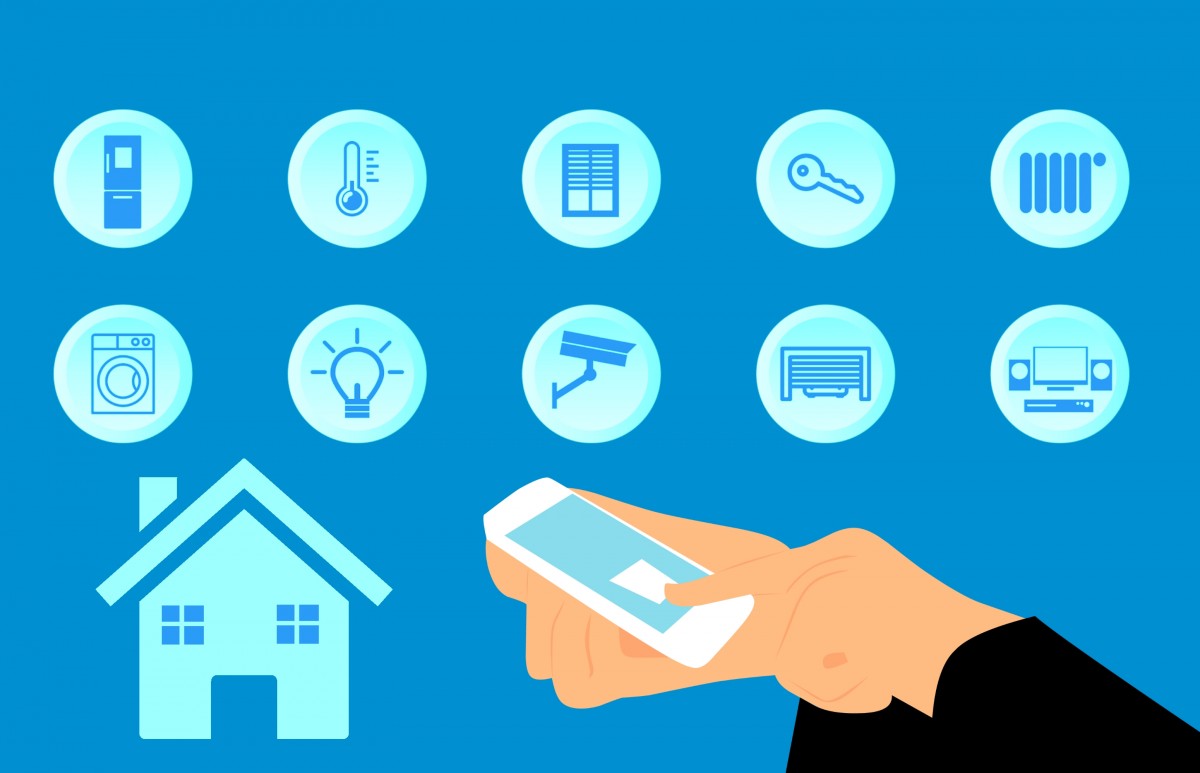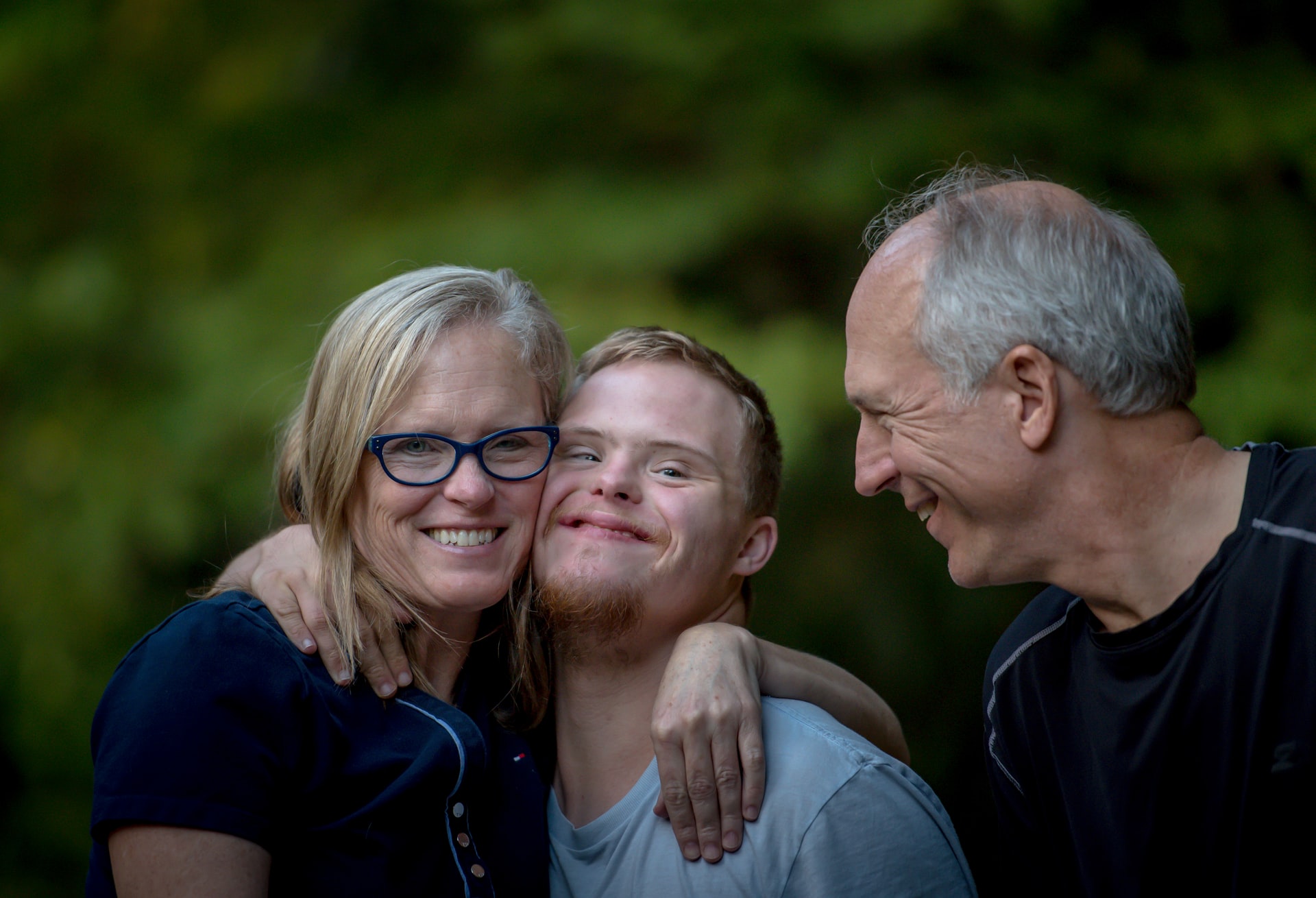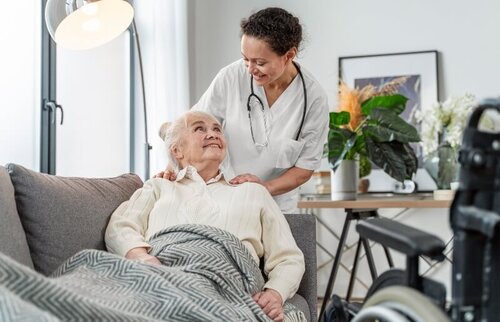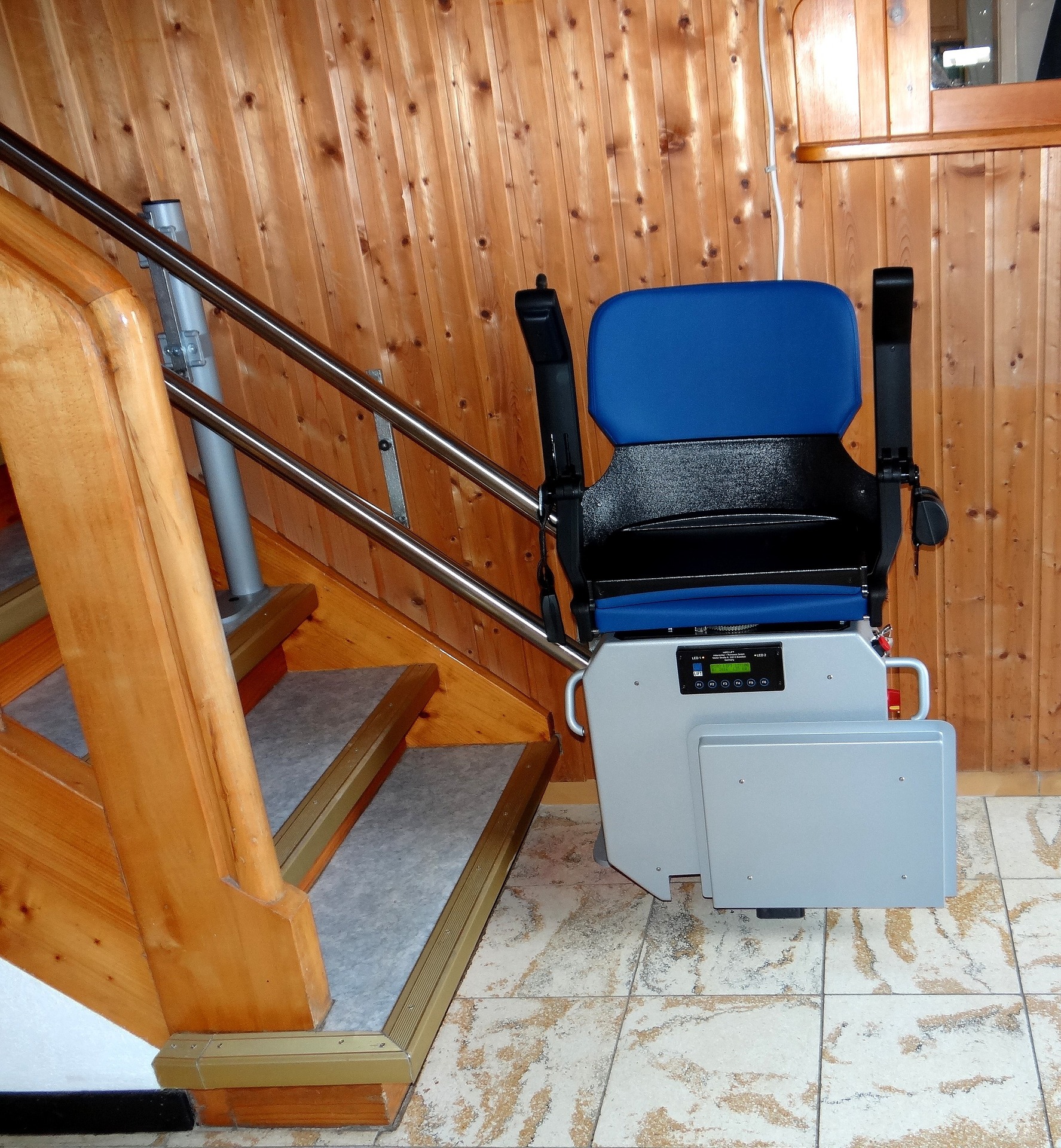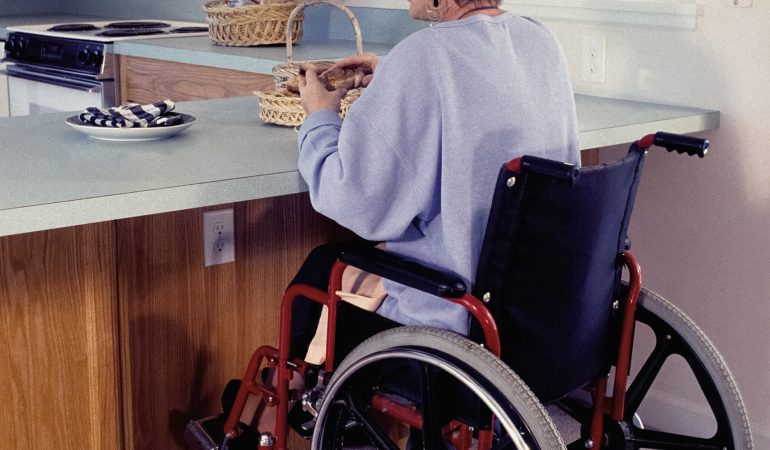What Is Home Automation for the Disabled
Contents
– Characteristics and advantages of home automation for dependent people.
– Home automation equipment for dependent people
– Points of sale of home automation systems for dependent people
Home automation is a set of methods for controlling, automating, and programming your home. It can be a valuable source of autonomy for disabled persons if the appropriate equipment is selected. Let’s see closer below.
Characteristics and advantages of home automation for the disabled
Able to adapt to the house’s technical constraints, meet the specific needs of dependent people, and evolve according to their disability, home automation has many advantages and functions.
It allows the remote control of electrical equipment in the home (lighting, heating, shutters, household appliances, doors, automated beds, etc.) according to the specific needs of dependent people or by following personalized scenarios.
Home automation also makes it possible to detect passages to automatically turn on the light and turn it off after a given time. It is also possible to install a lighting system to help visually impaired people move around.
To further enhance dependent persons’ safety, installing a room temperature detector, a smoke detector indicating the start of a fire, or a leak (water, gas, etc.) can be very interesting.
A remote assistance system, made up of a network of wireless sensors placed in the house, is also a fascinating device for PRM. Some of them analyze movements to detect a possible fall, others the door opening to know when the dependent person leaves his home and returns. A relative and a call and assistance center are immediately alerted via SMS or email in case of a problem.
Home automation equipment for the disabled
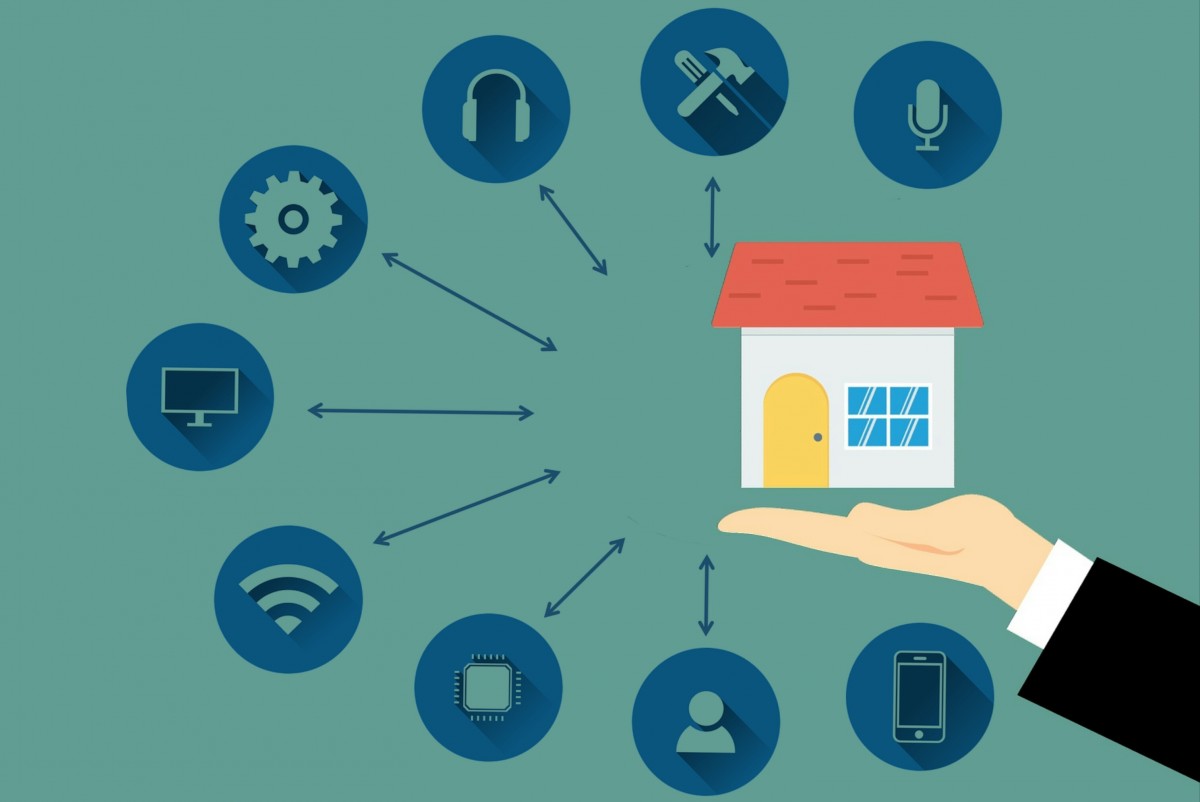
The interaction of various types of devices inside a home automation system controlled by a dedicated central unit is the foundation of home automation for dependent individuals.
The control unit
It is a control center (or home automation box) that links all the systems implemented and controls them. The control unit takes data from the numerous detectors and accessories and analyzes it in order to react in real time and initiate scenarios.
There are countless scenarios. They can be pre-programmed or customized to meet specific requirements, and they can be changed at any moment. Their purpose is to relieve the dependent person of many daily tasks, limit unnecessary gestures, and ensure their safety. The shutters or blinds can automatically go up in the morning, and the coffee machine can be turned on. The windows can be opened at a specific time to air a particular room and then closed again (but also more quickly in case of bad weather).
If the disabled forgets to close a window or turn off the water supply, a sound or light signal indicates this. And if the problem persists, the closure can be done automatically or remotely controlled by a helper or a relative via a simple smartphone, tablet, or computer.
More generally, the information transmitted by the various detectors and accessories (cameras, alarms, etc.) is analyzed to alert an outside person via SMS or email if necessary.
The detectors
Opening and movement detectors allow checking that doors and windows are closed in the evening, for example, but also to alert if they do not detect the return of the dependent person after an exit. Others are designed to turn on the lights when a person passes by automatically.
Technically, they are smoke detectors, gas detectors, water detectors, and other similar devices. They can also detect breakdowns in domestic equipment (refrigerators, heaters, etc.).
Cameras
Cameras film strategic locations in the home, even in complete darkness for some. Some models include a microphone and a loudspeaker to talk to the dependent person. You need to connect to the Internet to see what is happening in real-time (or even record it) and move the cameras.
The automation
The automation allows programming the opening and closing of windows, shutters, etc. In the event of a problem, the house’s exits can be automatically unlocked to allow the passage of help. Everything is feasible, but it is contingent on your budget.
Prices and points of sale of home automation systems for dependent people
You will find home automation systems and accessories in DIY stores, specialized stores, and the Internet.
You can expect to pay about $200 for a home automation box, about $70 for a motion detector to turn on a light and about $80 for a camera.
Note that a tax credit is granted for equipment expenses that allow accessibility and adaptation of homes to loss of autonomy and disability. The list of eligible equipment is in an article of law. It includes wall-mounted shower seats, integral shower stalls for persons with reduced mobility, extra-flat shower trays and shower doors, thermostatic mixing valves, and tiltable mixing valves.

